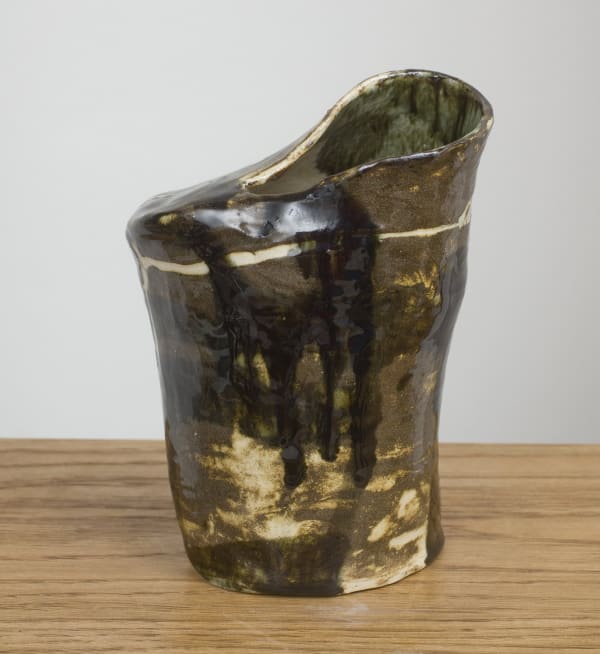Peter Lanyon
The gallery regularly handles, acquires and advises on works by Peter Lanyon. For more information or the availability of work, please contact the gallery.
Peter Lanyon (1918-1964)
Peter Lanyon was born in St Ives. He studied at Penzance School of Art, and briefly attended the Euston Road School. During the war he served in the RAF, and was a founder member of the Crypt Group in St Ives. He taught at Bath Academy of Art from 1950 - 1957. The landscape of the Cornish coast surrounding St Ives provided a constant source of inspiration for his painting throughout his career. In an interview recorded for the British Council in 1962 he said: "It is impossible for me to make a painting which has no reference to the very powerful environment in which I live."
A substantive influence on his work was provided by the British artist, Ben Nicholson and the Russian constructivist, sculptor Naum Gabo, who settled in St Ives in 1939. Despite its geographical remoteness from London, St Ives, like Hampstead in the early 1930s, attracted several artists and intellectuals, and played an important role in influencing the course of British art. Lanyon took as his subject the life, industry and landscape of the region - in particular the fishing and farming communities of south west Cornwall. The strong subject basis of his painting provided a foundation which he developed along increasingly abstract lines. During the 1950s his paintings became freer and more gestural, though the association with the landscape was never lost.
Lanyon, and other St Ives painters, such as Roger Hilton, were greatly encouraged by developments in American painting and friendships were forged with many leading American abstract expressionists. Lanyon’s passion for gliding, which he took up primarily to help to get to know the landscape better, provided him with new perspectives on the coast and shoreline which he integrated into his later paintings. Tragically it also led to his death, caused by a gliding accident in 1964.
Text source: British Council of Visual Arts

Abstract Painting in Britain
1960–6519 Sep - 6 Dec 2024A parallel presentation to Ben Nicholson: Defining Works 1929-1954, the exhibition features abstract paintings made in Britain between 1960 and 1965. Whereas Nicholson’s work was often infused with constructivist precision...Read more
Treasure House Fair
Royal Hospital Chelsea27 Jun - 2 Jul 2024Art FairPiano Nobile returned to The Treasure House Fair in June of 2024. We highlighted works from across the twentieth century, with early paintings by Augustus John and Walter Sickert, Duncan...Read more
Drawn to Paper
Giacometti to Hockney16 Mar - 12 May 2023Piano NobileSince the Renaissance, blank sheets of paper have been an important creative motor in Western art. They provide a neutral space, ideally suited for both effortless jeux d’esprit and hard-won...Read more

Collectors' Focus: Post-war British Abstraction
Apollo October 7, 2024Though less popular abroad than it once was, British art of the 1940s and ’50s is still highly sought after at home, writes Emma Crichton-Miller....Read more
InSight No. 158
Peter Lanyon | Still Air, 1961 October 4, 2024Surveying the sea, coast and sky from the cockpit of a glider, Peter Lanyon experienced the Cornish landscape in a state of heightened awareness. InSight...Read more
Peter Lanyon vase acquired for the National Museum of Wales
Cardiff October 18, 2019Piano Nobile is delighted to announce the purchase of a Peter Lanyon ceramic vase for the National Museum of Wales. It has been acquired for...Read more













